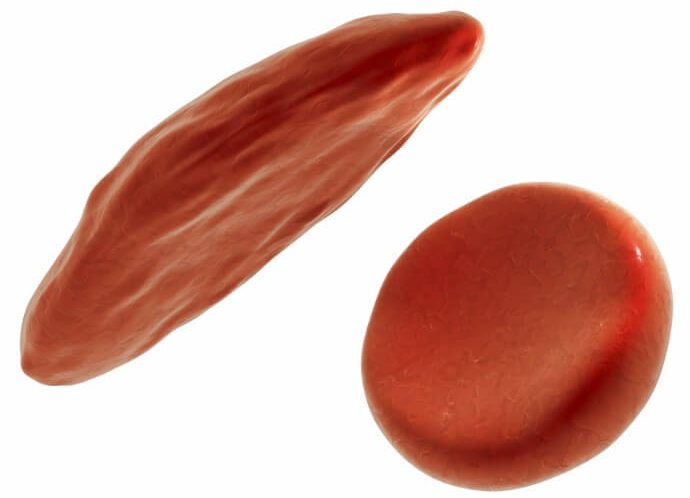Swedish Fundraising brings Sickle Cell Disease Drug Closer to the Market
Modus Therapeutics has raised €3.4M to support the completion of a Phase II trial for sickle cell disease, a painful condition with no cure.
Modus Therapeutics, previously Dilaforette, is developing sevuparin, a drug designed to restore normal blood flow in patients with sickle cell disease (SCD). In order to finish its ongoing Phase II trial, the company has successfully raised €3.4M (SEK 32M) from its existing investors Karolinska Development, the Foundation for Baltic and European Studies Östersjöstiftelsen and Praktikerinvest.
The trial is expected to yield results in the first half of 2018. If successful, it could bring hope to 40,000 patients in Europe and 100,000 in the US, who only count with symptomatic relief, often with strong opioids. The disorder is also very common in the Middle East, which led Modus Therapeutics to start a collaboration with the Arabian Gulf University in Bahrain. The ongoing trial became the first Phase II trial ever run in the country.
SCD is a genetic disease that alters the shape of blood cells and makes them stick to blood vessels and other blood cells. This results in a reduced blood flow to vital organs, which causes severe pain episodes and shortens the patient’s life span.
Modus’ candidate sevuparin is a product of the depolymerization of heparin, a blood thinner medication. The molecule is designed to maintain heparin’s anti-adhesive and anti-inflammatory effects without inducing spontaneous bleeding. In addition to SCD, the Swedish biotech is testing sevuparin as a treatment for malaria.
Sevuparin looks promising, but Modus Therapeutics is not the only company trying to bring innovation to SCD. For example, Novartis’ Selexys Pharmaceuticals is developing antibodies to reduce the rate of pain crises in SCD. For its part, CRISPR Therapeutics and its partner Vertex Pharmaceuticals are exploring targeting the genetic basis of SCD with the revolutionary CRISPR/Cas9 technology. However, the Swedish biotech is still ahead of them in terms of development and could still make a big difference in SCD patients in the coming years.
Written by Clara Rodríguez Fernández







